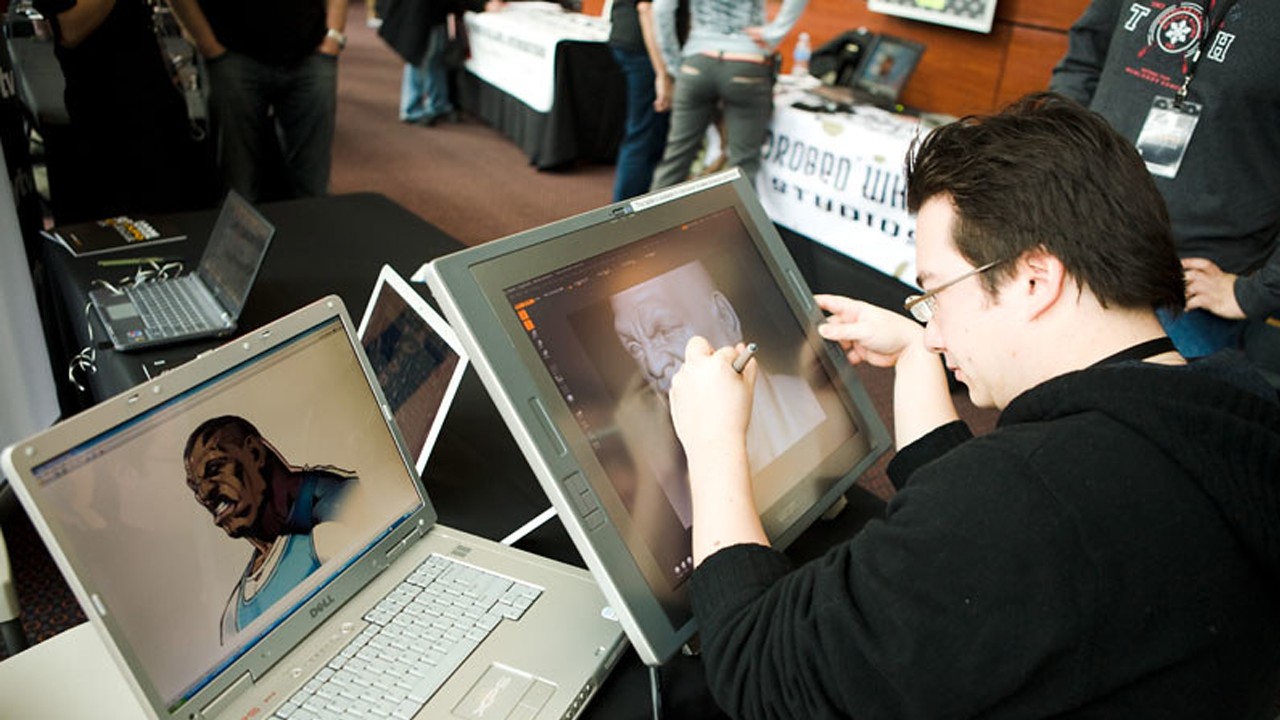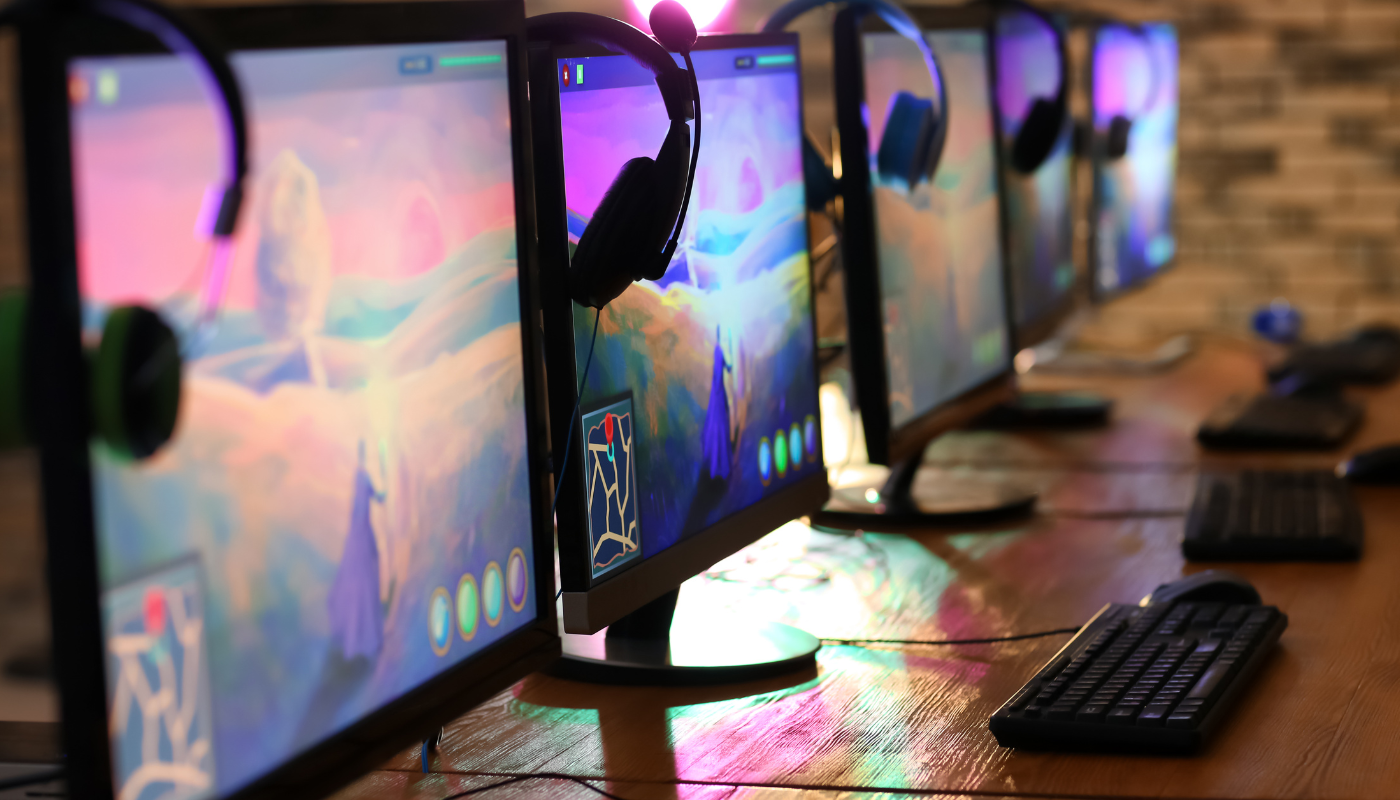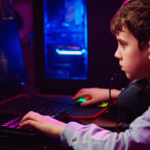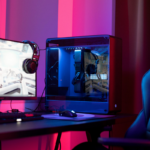Navigating the vibrant world of video games, one might encounter the terms “game design” and “game development” frequently. But what sets these two pivotal aspects apart? Is it their role in the creation of games, the skills they require, or perhaps the outcomes they produce? Understanding the distinction between game design and game development is crucial for anyone aspiring to enter the gaming industry or simply curious about how their favorite games come to life. Let’s unravel the mystery behind these fundamental processes.
Defining Game Design and Development
The realms of game design and game development are often conflated, yet they embody distinct disciplines within the game creation spectrum. Game design primarily focuses on the conceptual side of games. It involves devising the gameplay mechanics, storylines, characters, and the overall experience that the game seeks to deliver. A game designer’s role is akin to that of an architect, laying out the blueprint from which the game will be constructed. This phase is crucial as it sets the foundation for the game’s success, emphasizing creativity and visionary thinking.
Conversely, game development is the process that brings the designer’s vision to life. This stage is highly technical, involving coding, software engineering, and sometimes integrating physics engines or artificial intelligence. Developers work with various programming languages and tools to build the playable version of the game. Their primary goal is not just to translate the design into a functional game but also to optimize its performance across different platforms, ensuring a seamless gaming experience.
It is essential to understand that while these roles are distinct, they are also deeply interconnected. A successful game requires both innovative design and robust development. Designers and developers must collaborate closely, with designers communicating their vision and developers providing insights on the feasibility and the technical considerations of these ideas.
- Conceptualization and ideation are at the heart of game design.
- Game development transforms ideas into tangible, interactive experiences.
- Coding skills are paramount in game development.
- Both disciplines require a deep understanding of the player’s experience.
- Collaboration between designers and developers is crucial for a game’s success.
In exploring the nuances between game design and development, it becomes clear that both fields play an indispensable role in crafting video games. Designers dream up the world and its mechanics, setting the stage for developers to materialize these concepts into engaging, playable realities. Recognizing the distinct yet complementary nature of these disciplines is essential for anyone looking to enter the gaming industry, whether their passion lies in crafting compelling narratives or in solving complex programming challenges.
Core Responsibilities in Game Design
The realm of game design is both vast and intricate, encompassing a variety of tasks that go beyond mere conceptualization. At its core, game design involves the creation and fine-tuning of a game’s rules, mechanics, storylines, characters, and worlds. It is a process that requires not only a deep understanding of what makes games enjoyable and engaging but also an ability to foresee how different elements will interact with each other once the game is in play.
One of the primary responsibilities of a game designer is to envision the overall concept of the game. This includes deciding on the genre, setting, and tone, as well as the main objectives that players will work towards. However, the role of a game designer extends far beyond the initial concept phase. Designers must also develop the game’s mechanics, which are the rules and systems that govern player interactions and game outcomes. This involves a delicate balance of making the game challenging yet accessible, ensuring a satisfying experience for a wide range of players.
Another critical aspect of game design is narrative development. In many modern games, the story is not just a backdrop but an essential component that drives player engagement. Designers work closely with writers and artists to craft compelling narratives and memorable characters, embedding these elements seamlessly within the game’s world. Additionally, game designers must continually test and refine their creations, gathering feedback from playtests to tweak and improve the game before its final release.
Further Dimensions of Game Design
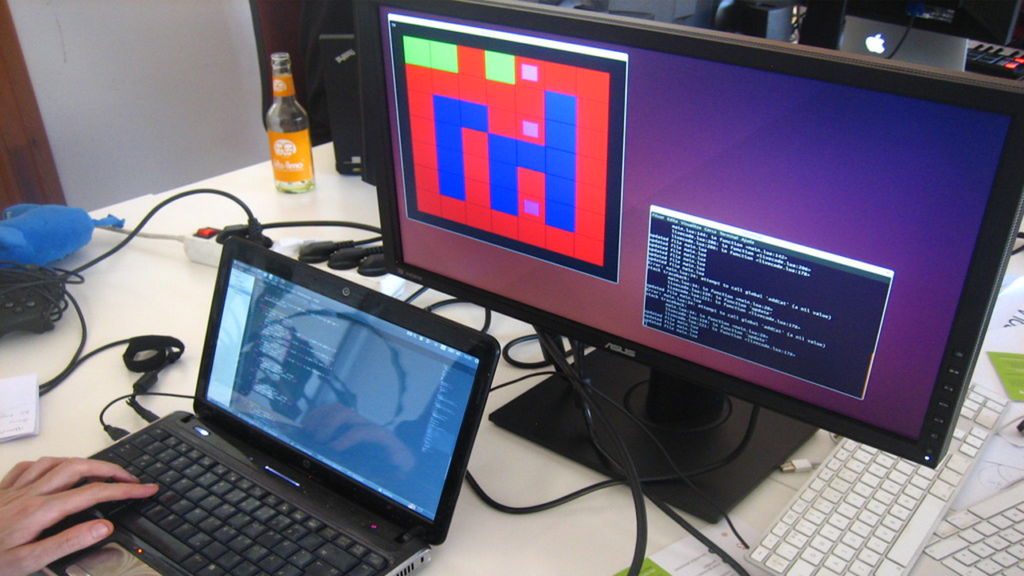
Exploring deeper into the responsibilities within game design, it becomes apparent that the role also encompasses the creation of immersive environments and the orchestration of a game’s pacing and difficulty levels. Designers must carefully construct worlds that are not only visually stunning but also rich with exploration opportunities, challenges, and interactions. This environment design is crucial for player immersion and overall game experience.
Insights into Narrative and Mechanics Integration
The integration of narrative elements with game mechanics stands as a testament to the multifaceted nature of game design. This synergy ensures that the storyline enhances gameplay rather than detracts from it, creating a unified and cohesive experience. The challenge lies in embedding narrative elements in a way that feels organic and motivates players to progress through the game, making the designer’s role both complex and critical to the game’s success.
| Aspect | Responsibility | Objective |
|---|---|---|
| Conceptualization | Envisioning game genre, setting, and tone | Create a unique and engaging game idea |
| Mechanics Design | Developing rules and systems | Ensure enjoyable and accessible gameplay |
| Narrative Development | Crafting stories and characters | Drive player engagement |
| Environment Design | Creating immersive worlds | Enhance exploration and experience |
| Playtesting | Testing and refining the game | Improve game based on feedback |
Key Tasks in Game Development
Game development is a multifaceted process that involves bringing the game from a concept to a playable reality. This journey requires a blend of technical skills, creativity, and project management. At the heart of game development are several key tasks that ensure the game not only functions but also provides an engaging experience for players. Understanding these tasks is essential for anyone looking to delve into the world of game creation.
First and foremost, programming stands as the backbone of game development. It transforms the ideas and designs into a tangible, interactive experience. Programmers work with different coding languages to create the game mechanics, physics, and functionality. Another critical task is graphic design and animation, which breathe life into the game’s world. This involves creating characters, environments, and visual effects that captivate the player’s imagination. Additionally, sound design plays a pivotal role in enhancing the gaming experience, encompassing everything from the game’s soundtrack to the sound effects of actions and environments.
Quality assurance (QA) testing is an ongoing process that ensures the game is enjoyable and free from bugs. QA testers provide valuable feedback that leads to improvements in gameplay and user experience. Moreover, narrative development is crucial for games that rely heavily on storytelling to engage players. This involves writing compelling storylines, character backstories, and dialogue that resonate with the audience. Lastly, marketing and community management are essential for promoting the game and maintaining a relationship with the game’s community, which can significantly impact its success.
- Programming and coding
- Graphic design and animation
- Sound design
- Quality assurance testing
- Narrative development
- Marketing and community management
Understanding the key tasks in game development provides a clearer picture of what it takes to create a game. It’s a collaborative effort that requires a wide range of skills and roles. From the intricate work of programming to the creative process of designing the game’s visual and audio elements, each task plays a crucial role in shaping the player’s experience. The ultimate goal is to merge these elements seamlessly, creating an immersive and enjoyable game that stands out in the competitive world of gaming.
Skill Sets for Designers vs. Developers
The realms of game design and game development, though interwoven, demand distinct skill sets from their practitioners. Understanding these differences is essential for anyone looking to carve a niche in the gaming industry. Game designers are the visionaries, crafting the concept, story, characters, gameplay mechanics, and the world of the game. They conceptualize the game’s narrative, define its rules, and structure the player’s experience. Essential skills for game designers include strong creativity, storytelling abilities, problem-solving skills, and an understanding of game mechanics and player psychology.
On the other hand, game developers bring these visions to life. They are the technical workforce that codes the game, working on the software side to implement the game design into a playable product. This process includes programming the game’s mechanics, creating the game engine, developing the artificial intelligence behaviors, and fixing bugs. Programming skills are paramount, with knowledge in languages such as C++, C#, Java, and experience with game engines like Unity and Unreal Engine being highly valuable. Developers also need a strong grasp of mathematics and physics to accurately simulate actions and reactions within the game’s universe.
While both designers and developers play crucial roles in creating video games, their focus areas and required skill sets are markedly different. Designers focus on the creative aspects of game creation, whereas developers concentrate on the technical execution. Collaboration between these two roles is critical, as it ensures that the game not only is innovative and engaging but also functions smoothly and is free of technical issues.
Further Insights into the Designer and Developer Dynamic
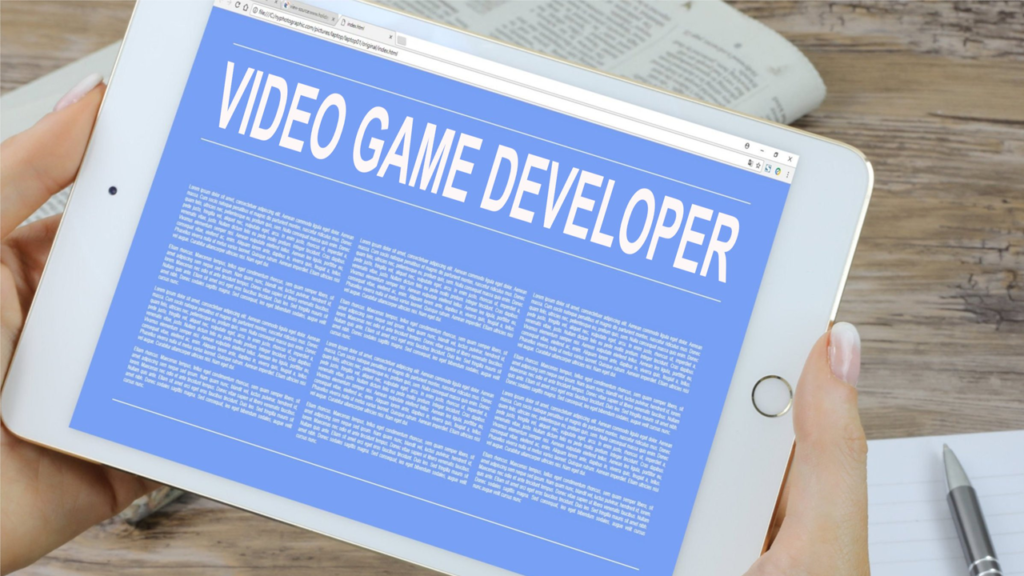
Understanding the synergy between game designers and developers is crucial for successful game production. Designers often need a basic understanding of coding and game development principles to effectively communicate their visions. Conversely, developers benefit from grasping the fundamentals of game design to better implement and sometimes offer input on the game’s design. This cross-knowledge fosters a collaborative environment where creativity and technicality meet, leading to the development of exceptional games that push the boundaries of what is possible within the medium.
Exploring the Collaboration Between Design and Development
The collaboration between game designers and developers is akin to a dance, where each must be attuned to the other’s movements. Designers conceptualize, and developers execute, but the feedback loop between the two disciplines ensures that the final product is polished and cohesive. This partnership is the backbone of the game development process, highlighting the importance of each role while underscoring the need for a shared language and mutual respect.
| Aspect | Game Designer | Game Developer |
|---|---|---|
| Primary Focus | Creative concept and gameplay mechanics | Technical implementation and coding |
| Key Skills | Creativity, storytelling, problem-solving | Programming, mathematics, physics |
| Tools | Design documents, storyboards, prototypes | IDEs (Integrated Development Environments), Game Engines |
| Goals | To engage and entertain the player | To build a stable and functional game |
| Collaboration Needs | Understanding of basic programming | Understanding of game design principles |
Collaboration Between Design and Development
The collaboration between game design and game development is a pivotal aspect of creating compelling and successful video games. Game design focuses on conceptualizing the game’s mechanics, story, characters, and overall user experience. On the other hand, game development is the process of bringing these ideas to life through coding, programming, and software engineering. The synergy between these two disciplines is crucial; without effective collaboration, a game might lack coherence, playability, or both.
One of the key components of this collaboration is communication. Designers and developers must work closely to ensure that the game’s vision is accurately translated into a playable product. This involves regular meetings, detailed documentation, and sometimes, compromise. For example, a designer’s vision for a complex game mechanic might need to be simplified to be feasible from a development standpoint. Conversely, developers might propose technical innovations that allow for even more creative freedom from the design team.
Another important aspect is iteration. Both design and development teams regularly test the game, gather feedback, and refine their work. This iterative process helps to identify and resolve issues early on, ensuring that the final product is as polished and enjoyable as possible. It’s a delicate balance of art and science, creativity and technical expertise, all driven by a shared goal: to create an engaging and memorable gaming experience.
Enhancing Collaboration through Tools and Practices
| Aspect | Design | Development |
|---|---|---|
| Communication | Concept Art, Storyboards | Technical Specifications |
| Tools | Design Software (e.g., Adobe Photoshop) | IDEs (Integrated Development Environments) |
| Common Ground | Version Control Systems (e.g., Git) | |
| Feedback Loop | Playtesting Sessions | Debugging Sessions |
This table illustrates the different yet complementary roles that design and development play in the creation of video games. It also highlights the importance of shared tools and practices that facilitate effective collaboration between these two teams.
In conclusion, the collaboration between game design and game development is a complex but rewarding process. It requires clear communication, a willingness to iterate and refine ideas, and a shared commitment to creating an exceptional game. By understanding and respecting each other’s roles and expertise, designers and developers can work together to bring their shared vision to life, resulting in games that are not only technically sound but also deeply engaging and enjoyable for players.

Is a game developer and writer with over seven years of experience in the gaming industry. Specializing in game design, development trends, and emerging technologies. He has worked on indie game projects and larger development teams, sharing his insights to help aspiring developers navigate the evolving world of game creation. Ethan’s articles focus on practical tips, game mechanics, and tools to inspire creativity in the gaming community.


